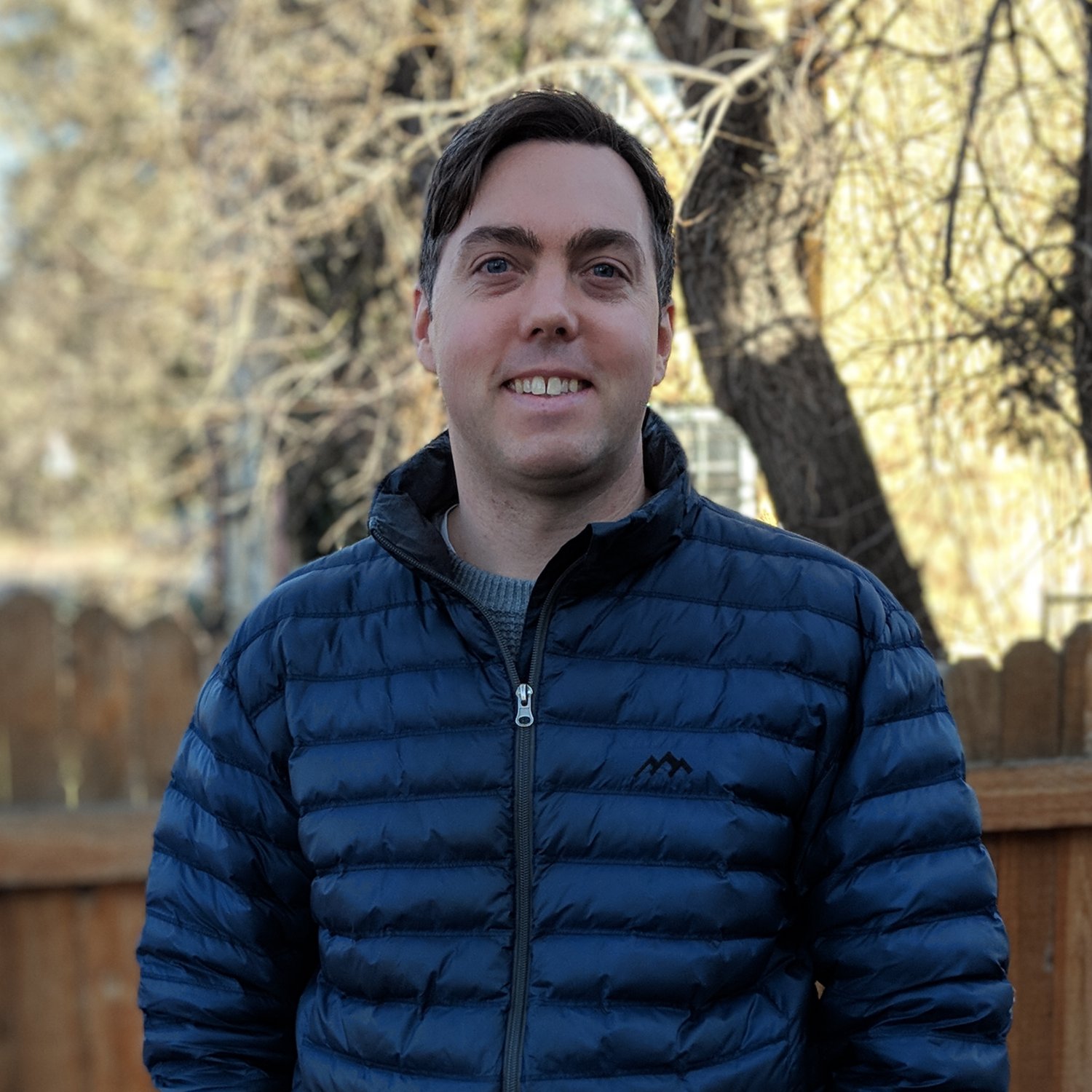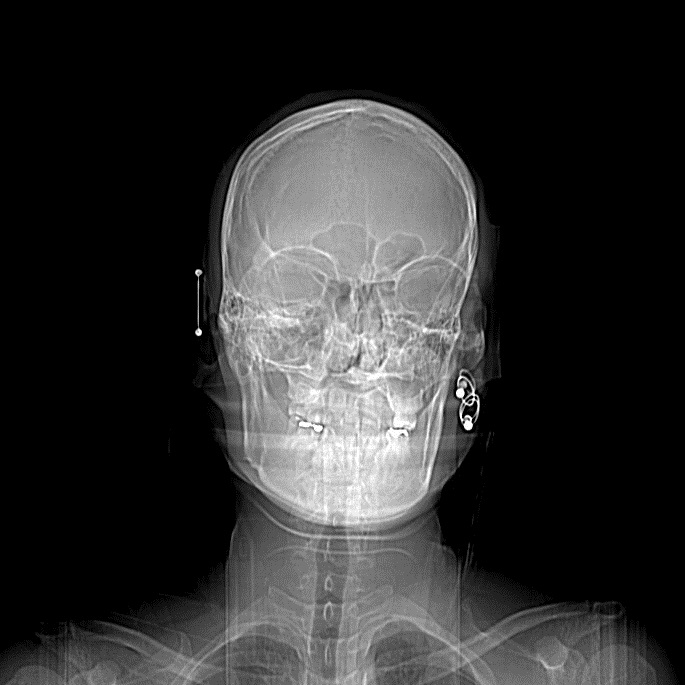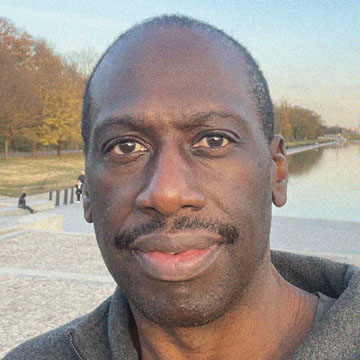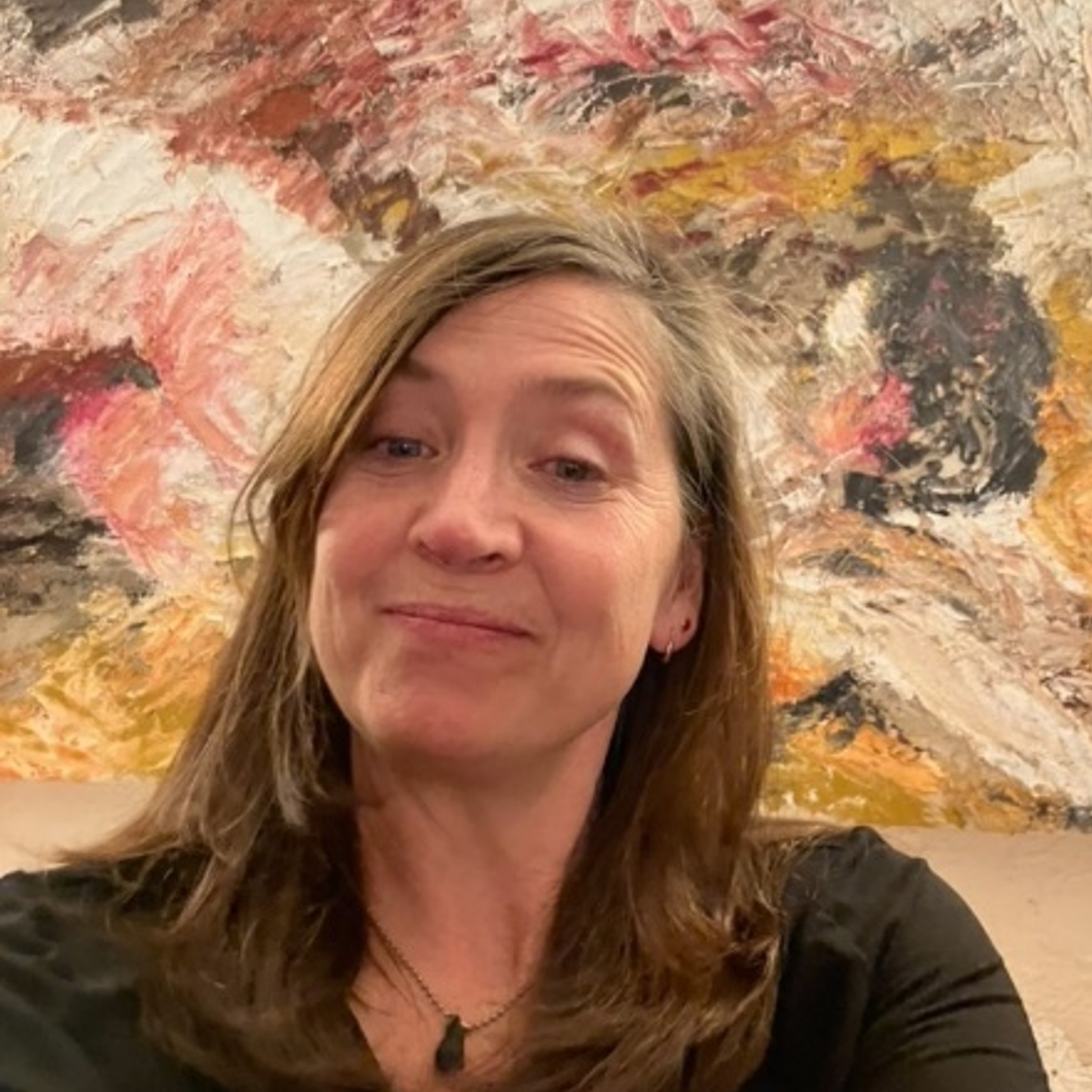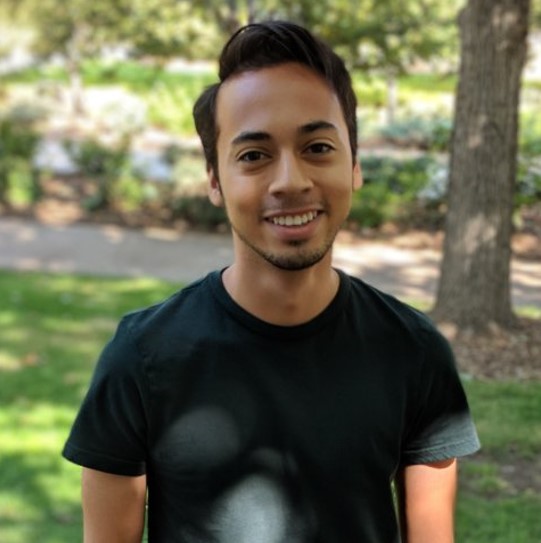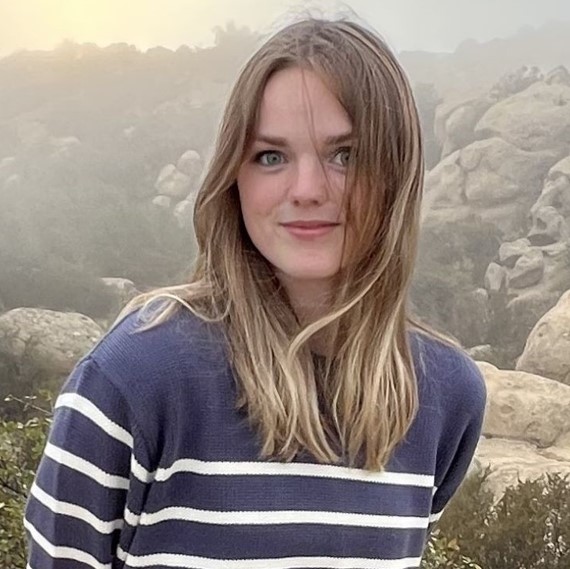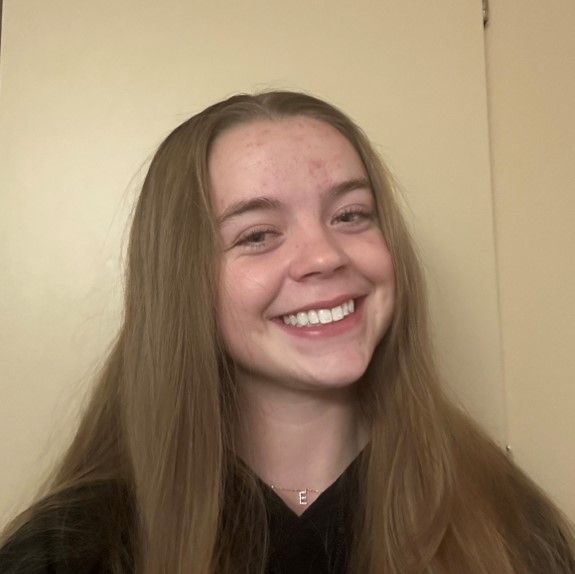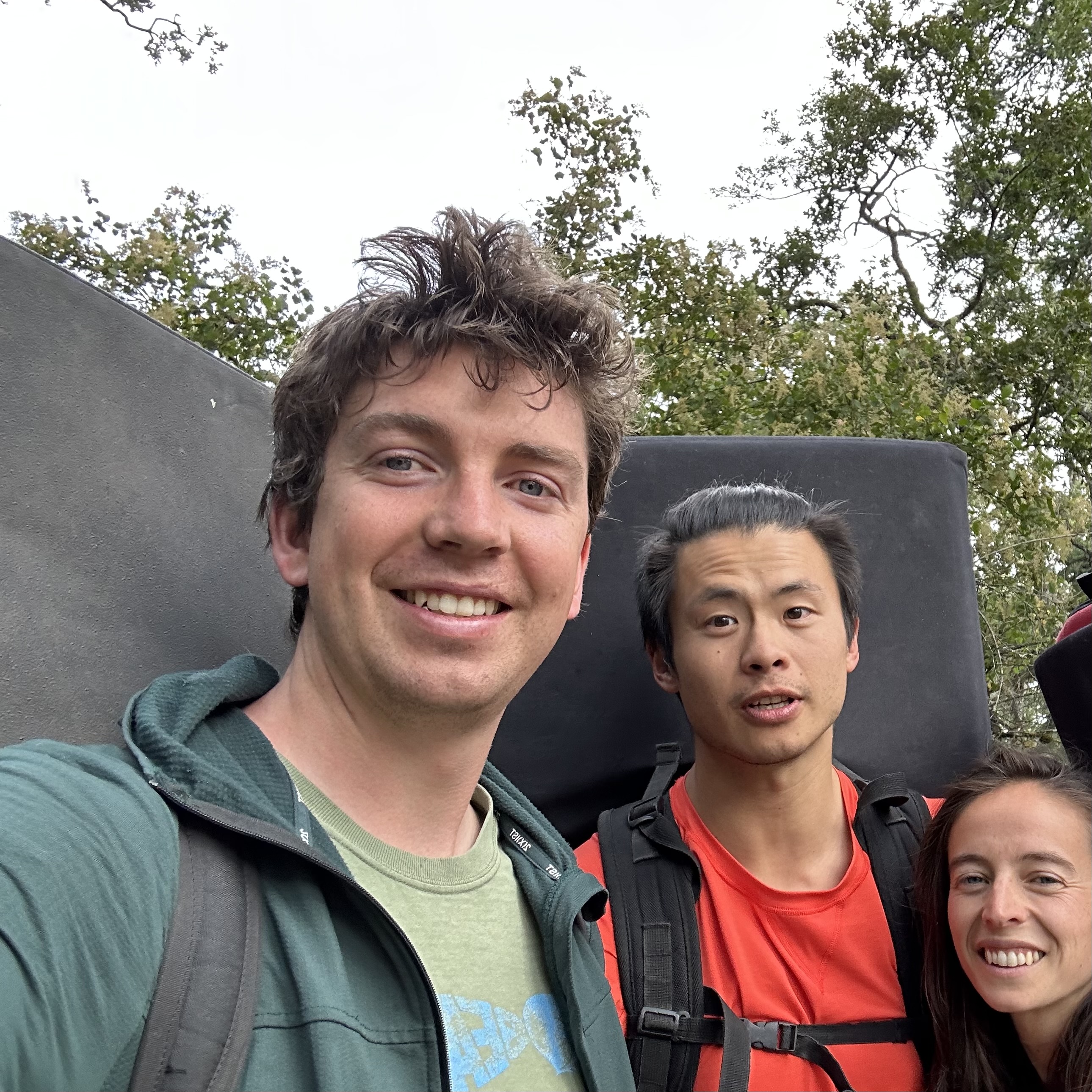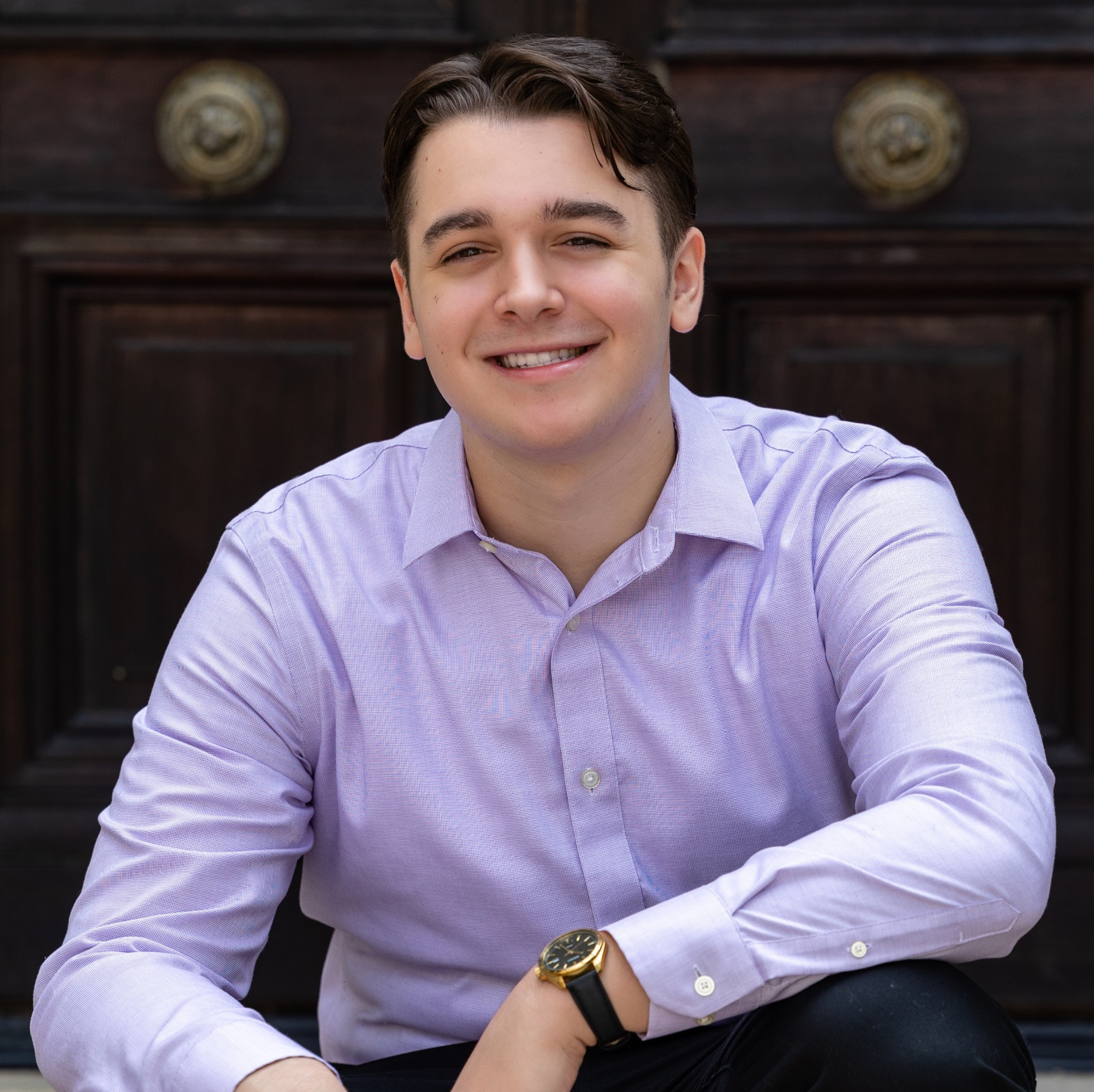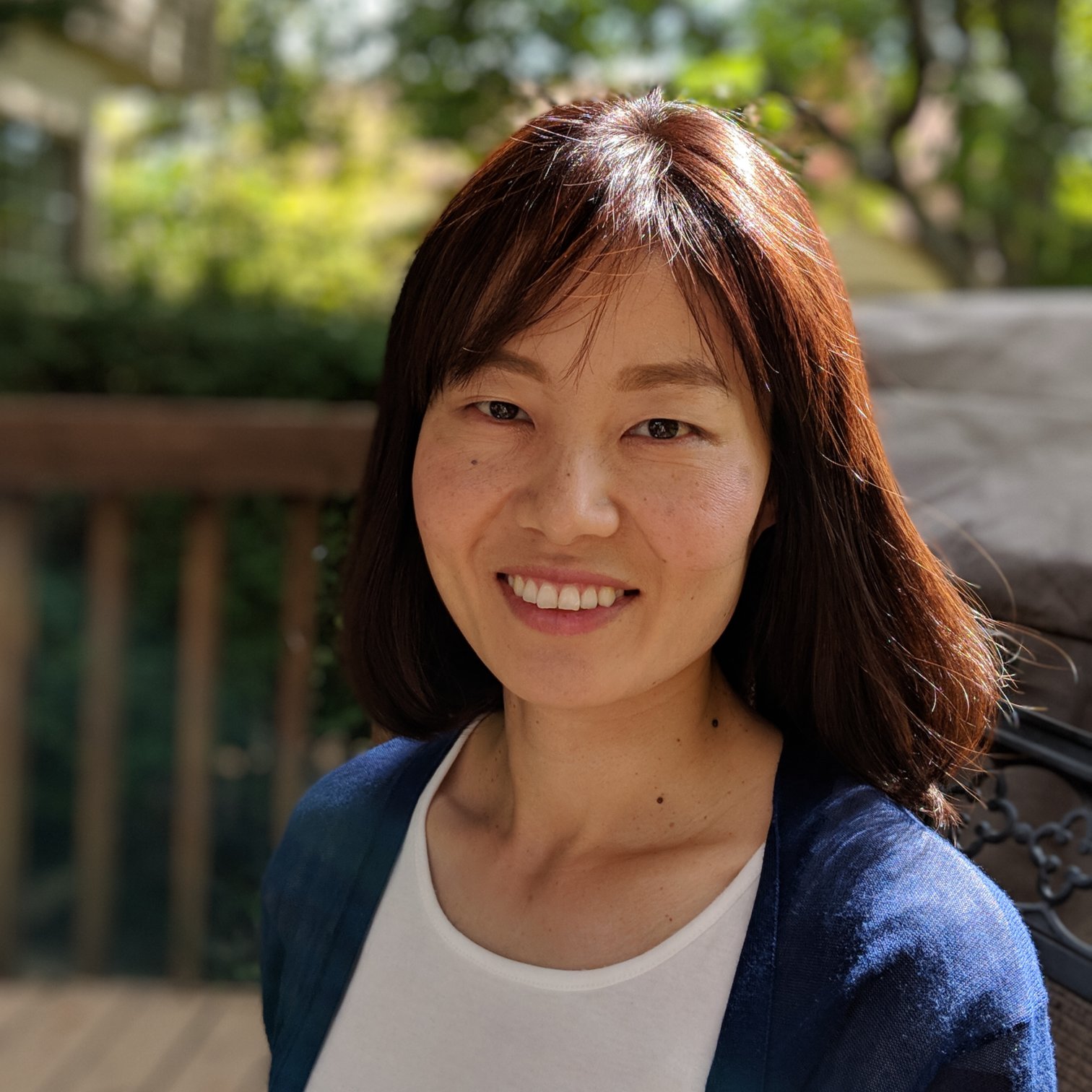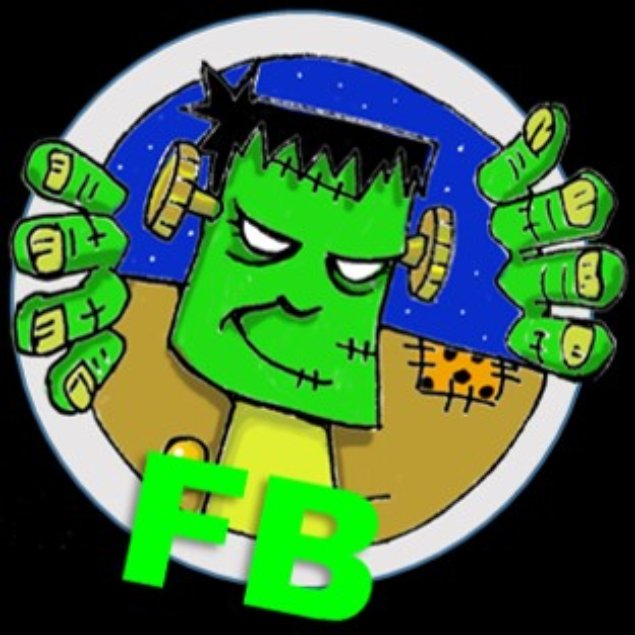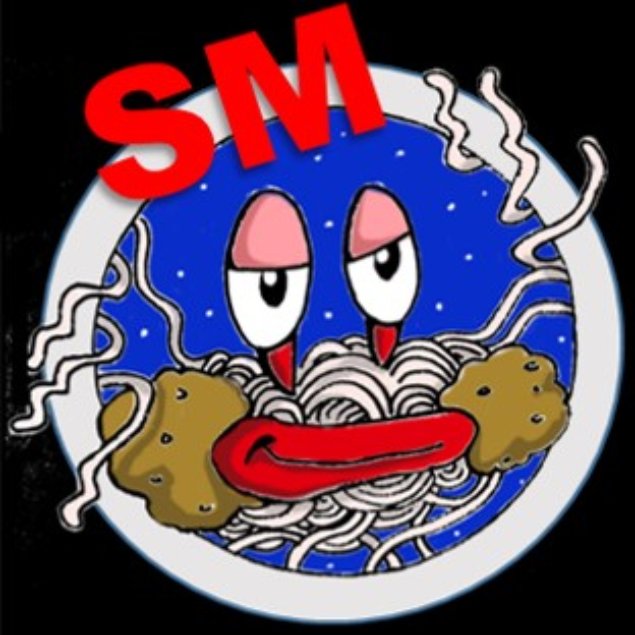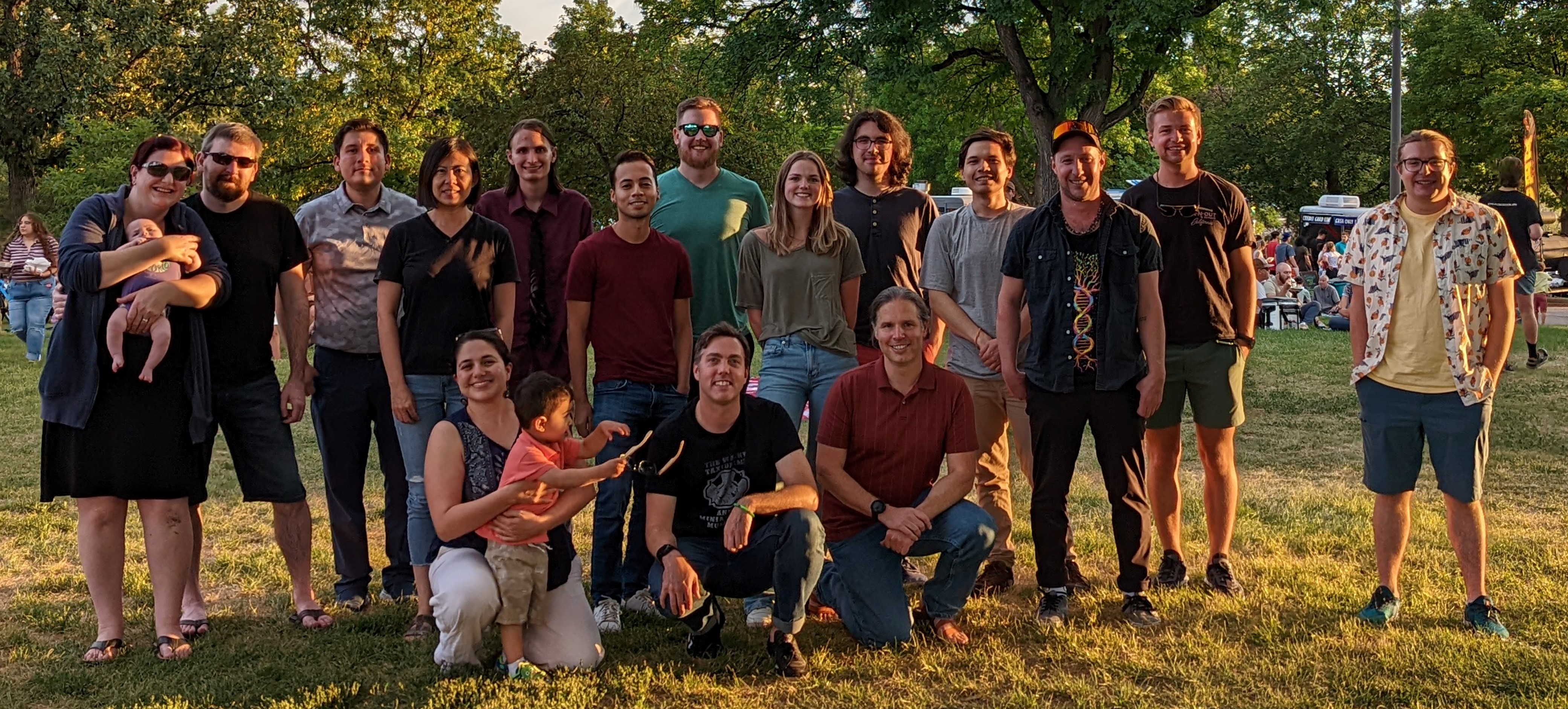Please inquire about open positions
About CSU:
Colorado State University
is a land-grant institution encompassing 57 academic departments in
eight colleges with over 33,000 students. The University is located
in
Fort Collins, a (beer, bike, music, and dog!) friendly city of 161,000 located
at the foot of the Rocky Mountains. The campus is an hour’s drive
from Rocky Mountain National Park and has ready access to thousands
of square miles of forest and mountains with exceptional outdoor
recreational opportunities, including skiing, hiking, mountain
biking, and rock-climbing. Fort Collins has an excellent school
system, an impressive selection of restaurants and quality fine arts
programs, and the resources of Denver are just an hour’s drive away.
How to apply: Please send a C.V., cover letter, and contact
information for three professional references to:
tim.stasevich@colostate.edu.
